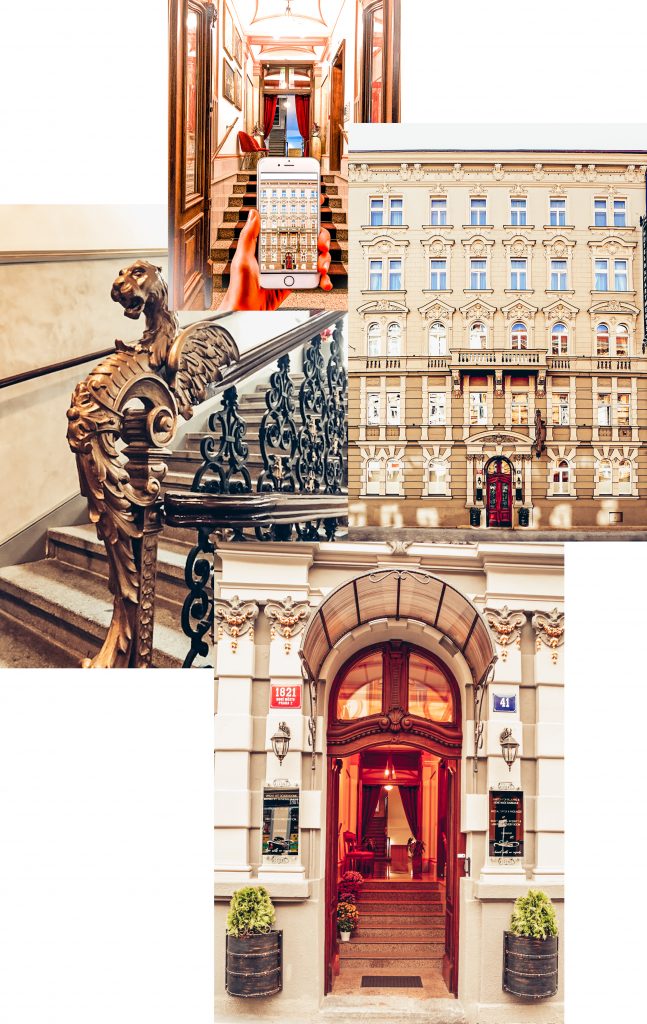Inspired by Art Nouveau and Alfons Mucha

Alfons Boutique Hotel is situated in the very centre of Prague, 500 meters from the Wenceslas Sq. The house was built at the end of the 19th century in a classicist style with a number of decorative elements both in the interior and on the facade.
Rooms and suites are inspired by Art Deco and Art Nouveau accomplished by all modern ammenities available as standard in all luxurious hotels these days. Our rooms offer comfort even to the most demanding guests. Each guest values good sleep on a quality mattress with a choice of pillows, modern, fully equipped bathroom, romantic lights, selection of drinks and snacks in the minibar, coffeemaker, Smart TV, free Wi-Fi connection and comfy armchairs made for relaxing moments with a cup of tea or coffee.
Due to the character of the historic building and the central staircase, we do not recommend a stay for people with wheelchair.
The smaller capacity of our hotel allows us to approach each guest individually. The high standard of services and the flexibility in handling any requests is only an added value.
